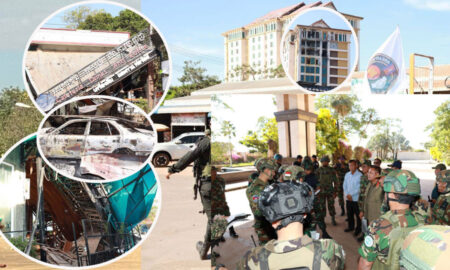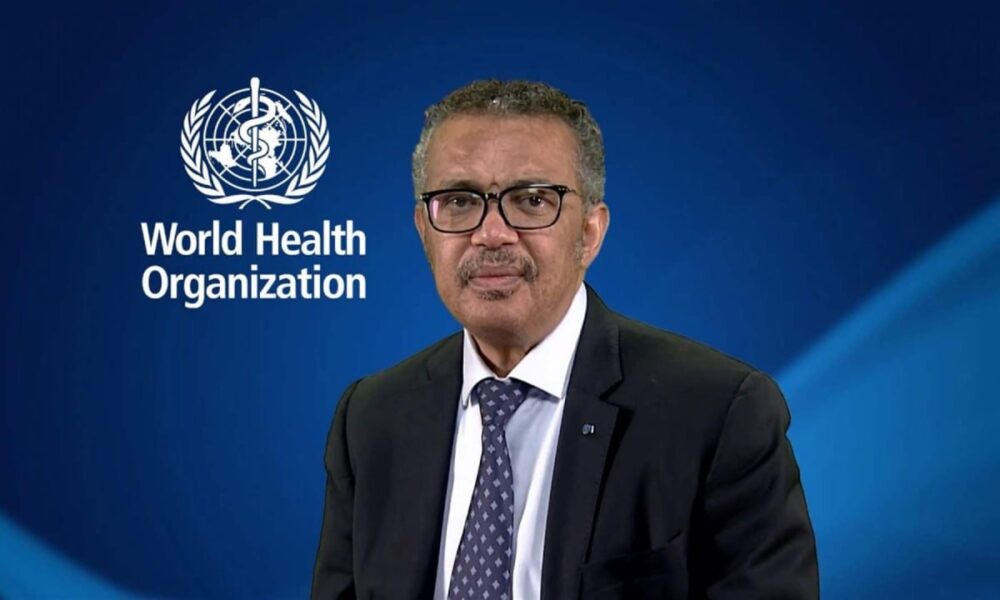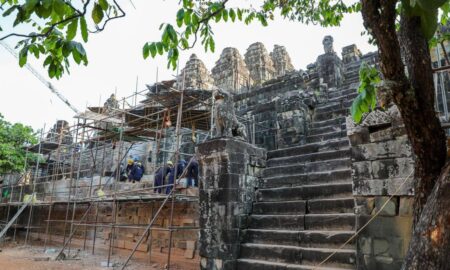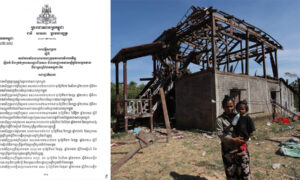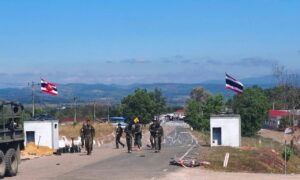(AFP)–The Philippines and the United States agreed Tuesday to train Filipinos how to build
and operate nuclear power plants, as the Southeast Asian country seeks to boost its
electricity supply.
The announcement comes after Manila and Washington struck a nuclear cooperation
agreement in November that cleared a path for US investment to jumpstart atomic
power in the energy-hungry Philippines.
Under Tuesday’s deal, the Philippine Department of Energy and the PhilippineAmerican Educational Foundation will offer scholarships and exchange programs for
Filipinos to learn about civil nuclear power and renewable energy.
“This will help the Philippines develop the skilled workforce needed to build a clean
energy infrastructure, including the ability to operate state of the art nuclear power
plants,” Daniel Kritenbrink, US Assistant Secretary of State for East Asian and Pacific
Affairs, told a trade forum in Manila.
Philippine Energy Secretary Raphael Lotilla said the “advanced training” will ensure the
country has the “human resources that are needed” for the sector.
Philippine President Ferdinand Marcos has signalled determination to adopt nuclear
power in the country and has even flagged the possibility of reviving a mothballed $2.2
billion plant built during his father’s dictatorship.
The deal signed in November on the sidelines of an Asia-Pacific summit in San Francisco committed the Philippines to safeguards againKnown as 123 agreements after their section in the US Atomic Energy Act, the pacts arecritical for investment by US nuclear companies, which are wary of running afoul oflaws related to proliferation.
The United States also plans to set up a civil nuclear industry working group for Southeast Asia based in Manila.
The group will “connect Philippine partners with US companies”, helping to “accelerate
the Philippines transition to clean and safe nuclear energy”, Kritenbrink said.
The Philippines — regularly affected by electricity outages — relies on imported carbonbelching coal for more than half of its power generationIt has some of the region’s highest energy costs and faces a looming crisis as the Malampaya gas field, which supplies about 40 percent of power to the archipelago’s
main island Luzon, is expected to run dry within a few years.
As part of its climate goals, the Philippines aims for renewable energy — not including
nuclear — to make up 50 percent of its power generation by 2040.








